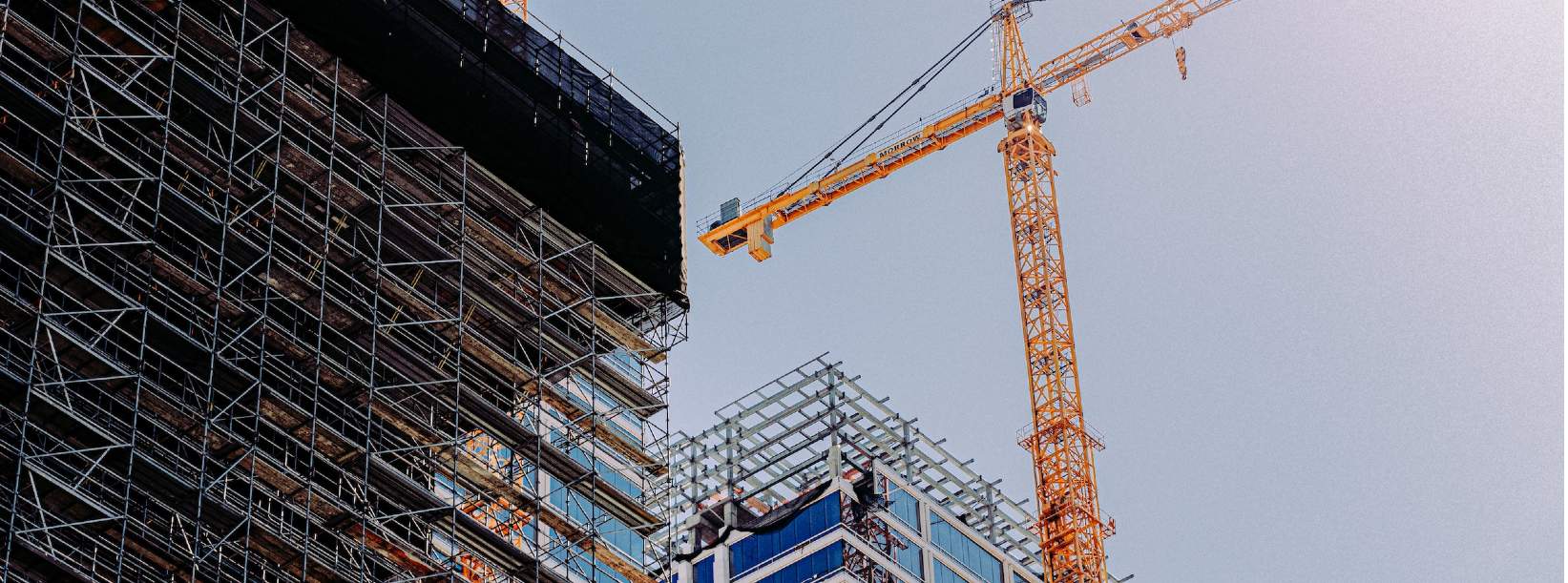As construction costs increase, the viability of building new office schemes has been called into question. Over the last two years, and in spite of headwinds generated by Covid-19, the majority of London office occupiers we have been working with have been after prime, Grade A space that fetch strong rents. Evidence of this is prevalent within the legal sector with Covington & Burling at 22 Bishopsgate, Baker McKenzie at 280 Bishopsgate, Latham & Watkins at 1 Leadenhall Street and, most recently, Kirkland & Ellis at 40 Leadenhall Street, all taking top tier offices.
Occupiers are prepared to pay higher rents if, in return, they secure amenity rich buildings with good connectivity. As such, we have seen rental growth at the prime end of London’s office market which now stands at £84.24 in the City (up from £81.25 in 2020) and £120.90 in the West End (compared to £107.50 in 2020).
In part, rental growth is the product of limited good quality supply. Now this dynamic is being compounded by increases in construction costs that, without rental growth, make new office development challenging or even unviable.
While occupiers continue to want to provide best-in-class surroundings for their employees, most businesses are expecting difficult times ahead with high inflation, higher interest rates and low growth.
A recessionary environment is not conducive for rental growth even when supply is restricted, especially as occupiers still have various tools at their disposal to manage affordability constraints, be it acquiring refurbished space as opposed to new stock, moving to lower cost, alternative locations, re-gearing and refurbishing their existing space and/or reducing their overall footprint via new ways of working.
Against the backdrop of rising cost pressures, occupiers are also under increasing scrutiny when it comes to achieving sustainability goals and securing accreditations. This is alongside running their businesses and attracting new talent, while also winning clients who themselves have their own high sustainability expectations.
Larger, sophisticated tenants are also paying more attention to the social and governance components of ESG, but for the majority, environmental remains the most significant and now forms part of the top five criteria utilised by tenants alongside location, natural light, floorplate efficiency, and budget.
Despite its prominence in marketing and promotional language, ESG can’t make up for shortfalls of these other core features – an off-pitch location or ‘dark’ floors will always struggle. However, where a building does have fundamental shortcomings, a landlord can at least control its ESG performance and prevent being penalised twice. Those buildings which have good fundamental features and choose to fully embrace ESG will reap the rewards.
If we take all of this into account, what does that mean for future office development in London? The expectation is that we will see landlords and developers investing heavily in existing stock over the next 10 years as they look to repurpose buildings, rather than demolishing them, which is both cheaper to carry out and believed to be better for the environment.
Supported by changing legislation that encourages retrofitting buildings, it is beginning to feel like a new dawn in London for sustainable refurbishments. With a wealth of older buildings in need of rejuvenation, to improve these buildings will benefit both the occupier market where demand for good quality buildings remains strong, and the streets and public realm these buildings form part of.
Further information
Contact Paul Bennett or Benjamin Cottle
Shell and core or Cat A finish: which do London occupiers want more in 2022?


(1).jpg)

.jpg)



.jpg)

